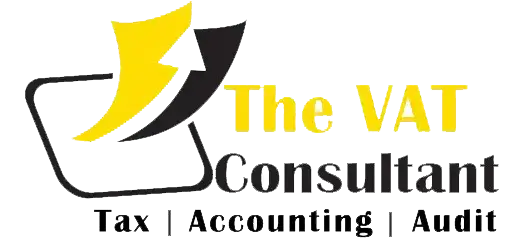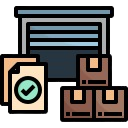Capital assets are commercial assets designated for long-term use. These are not intended to be sold during the normal operation of the enterprise, but to be used or consumed in the enterprise. For example, if a company buys a computer for use in an office, the computer is a fixed asset, but if another company buys the same computer for sale, the computer is considered inventory.
In the UAE VAT, it is allowed to recover the input VAT paid for the purchase of capital assets. However, in the UAE VAT, there is a special plan called the “Capital Asset Plan”, which aims to regulate the input VAT recovery of larger capital assets with long-term use value.
According to the capital asset plan, the input value-added tax for the initial recovery of capital assets will be adjusted according to the actual usage within a specified time. In other words, if you intend to use it for the manufacture of taxable supplies within a specified period (for example, 10 years), you can recover the input VAT of all capital assets in the first year. In the 10-year service life, if capital assets are used for non-commercial purposes or for tax-exempt supplies, taxpayers need to return a proportion of the input tax to the extent of tax-exempt purposes. The input VAT offset should be reported as an adjustment to capital assets when reporting the VAT return for the year.
The purpose of a capital asset plan is to reflect the use of assets-whether the asset is used for taxable or tax-exempt purposes during its useful life. In some cases, the expected use of assets may change over time, and the input VAT recovery based on the expected first use may not fairly reflect its use over time.
Not all capital assets are considered capital asset plans. The UAE Executive Regulations clearly stipulate the capital assets that need to be considered under the plan.
Let us understand the types of assets considered by the capital asset plan.
Capital assets considered under the capital asset plan.
Capital asset is a business expenditure, the amount is not less than 5,000,000 dirhams (excluding tax), value-added tax should be paid, and the estimated useful life is equal to or greater than 5 or 10 years.
1. The building or part of it is 10 years old
2. All capital assets except for the building or its parts are 5 years
Except for capital assets, if the expenditures incurred by the business consist of relatively small amounts, totaling AED 5,000,000 or more, it will be considered as a single expenditure of AED 5,000,000 or more. This only applies to installments in any of the following situations:
1. Used to purchase buildings.
2. Used in construction
3. The amount incurred is related to the expansion, renovation, refurbishment, renovation or other work of the building, unless there is an obvious interruption between any work performed, in which case these work will be treated as separate expenses project.
4. For the purchase, construction, assembly or installation of any commodity or real estate that provides components separately for assembly.
in conclusion
Only assets that meet the above conditions will be considered as a capital asset plan, and the recovery of input value-added tax will be subject to the plan. For other capital assets that do not meet the conditions, the recovery of the input tax shall be determined in accordance with the law for the recovery of input tax. To understand the conditions for input VAT recovery, please read Input VAT Recovery under UAE VAT.
The UAE VAT Implementation Regulations also provides clear instructions on how to calculate input VAT adjustments when the intended use of capital assets changes. To understand the calculation method, please read Input VAT adjustments under Capital Asset Planning.


























